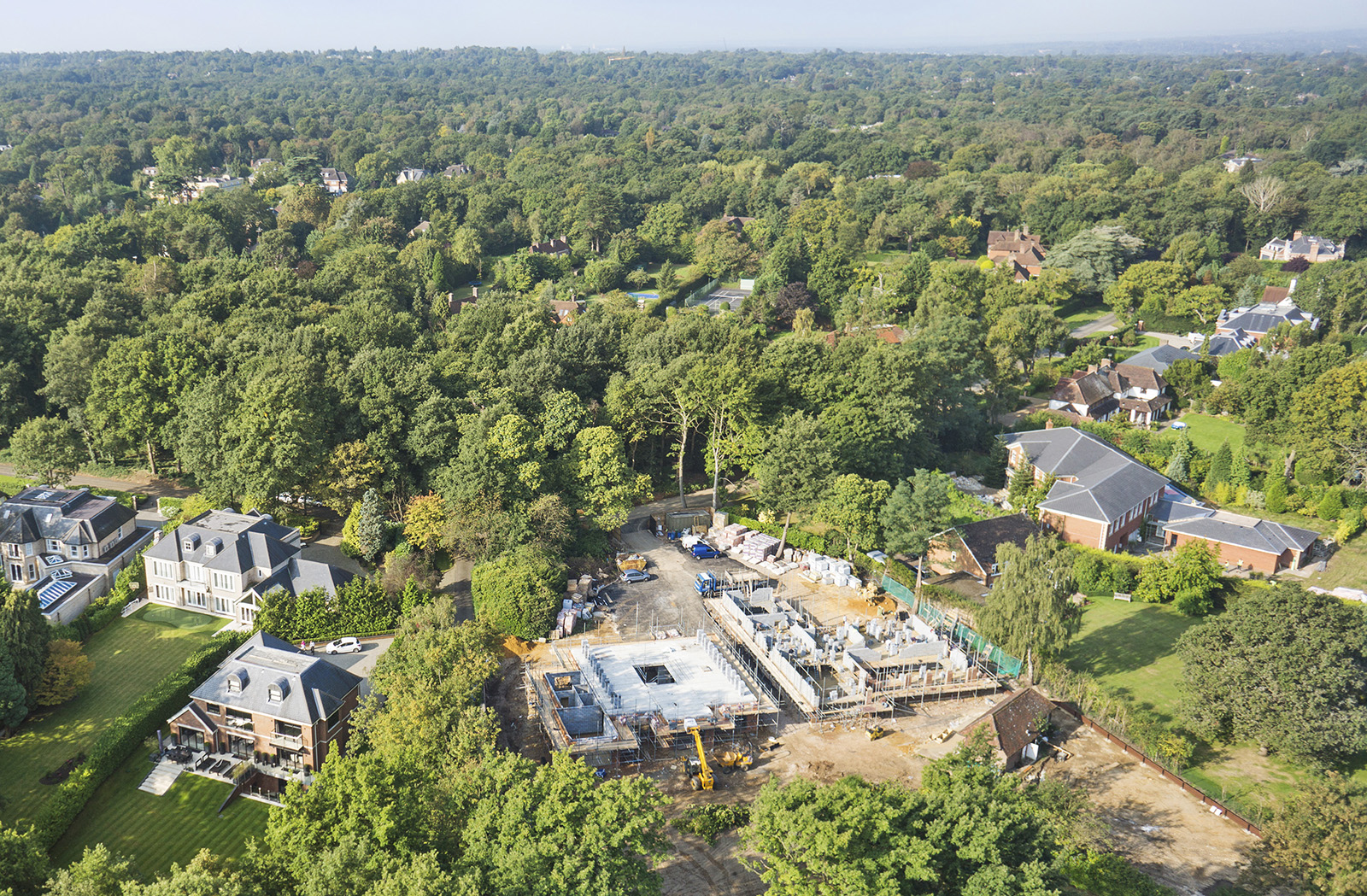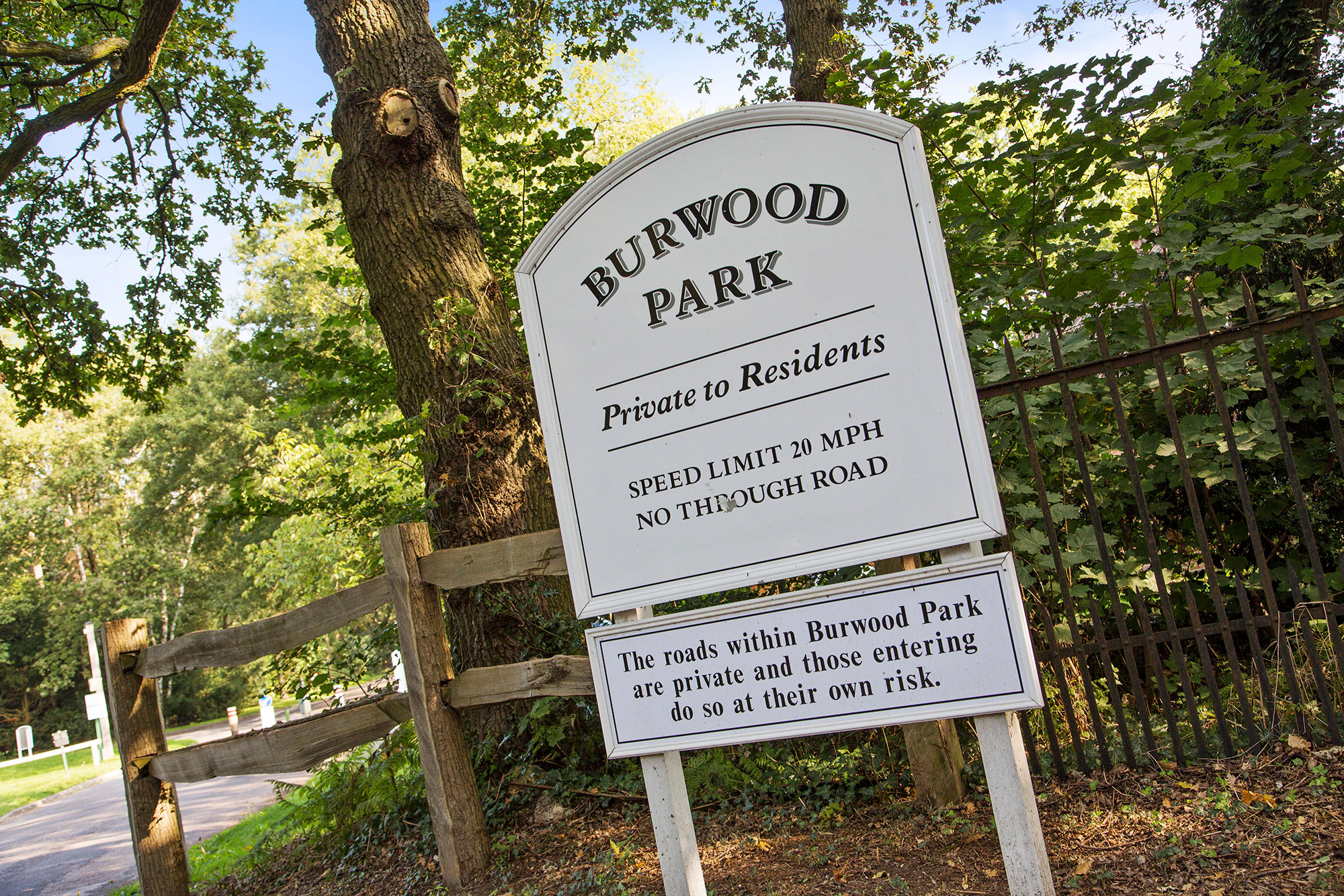Search

Property
Have you dreamed of taking on a derelict property and renovating it yourself?
The thought of purchasing a derelict or run down property with a view to renovating it is a popular idea for many house hunters throughout Elmbridge. The size and scope of projects range massively from those who are prepared to redecorate a room or two, to the more ambitious buyers who are looking to take on major structural upgrades.
Whilst there is palpable excitement for homeowners when talking about altering and improving a house, the vast majority also experience a fair degree of doubt and fear when committing financially. It may be difficult to know where to start and what improvements will give you the best return on your investment.
If you are looking to make substantial changes to the property’s structure or layout, a good starting point is to make sure to find out whether there are any restrictions that prohibit an extension or refurbishment of the property in question.

When it comes to internal decoration, if you are buying a property freehold you’re largely free to do proceed as you see fit, but for leasehold properties there can be restrictions written into the head lease, or in other cases, internal refurbishment/changes will need official permission from the freeholder.
If you are out viewing properties, with the intention of taking that property on as a project, the estate agent can liaise with vendors to provide any information about restrictions contained within the lease with regard to internal improvements/changes.

In the same vein houses in certain private roads or estates can have restrictive covenants in place, which can prevent certain building work.
Most private estates within Elmbridge such as Burwood Park are managed by a residents association which puts a dual approval process in place for the redevelopment and or extension of properties.
Restrictions can include reference to tree removal, fences, gates and the use of roads and verges during construction, as well as limiting the damage caused by construction traffic during the building work.
If you are purchasing in one of Elmbridge’s private estates, this is something that your estate agent can check at the early stages, but you should inform your conveyancer of your intentions, for clarity on your position. Any covenants in place will usually be re-enforced when the solicitors will raise specific enquiries.

One of the most important steps to take at the early stages is to understand whether your plans or ideas will be allowed under permitted development or whether planning permission is required prior to these changes. Depending on the extent of the works, the building office may need to be involved for the approval and monitoring of works.
Compliance with planning legislation is imperative to avoid complications and a respective planning application, should you come to sell the property at a later date.
If you are looking to change the layout internally in addition to a rear extension the likelihood is that this will fall under the permitted development category.
Elmbridge Borough Council will not state if a proposal needs planning permission or if it is a permitted development, for this you will need to apply for a Lawful Development Certificate. Permitted development guidance is also available on the Planning Portal.
If planning approval is required, the Elmbridge Borough Council website is a useful tool with a huge library of information on how to submit your planning application and help guide you through the process.
If it is confirmed that development is permitted without a planning application, you can move on to the next steps of planning your DIY project or speaking with workman. We recommend looking at the website www.checkatrade.com to find and contact local tradesman to aid with building work, the website is based around customer feedback and heavily reduces the risk of employing an untrustworthy workman.

It was recently reported in BBC News that homeowners in England are being given the green light to build larger extensions without planning permission.
Temporary rules introduced in 2013, which allowed bigger single-storey rear extensions without a full planning application, are being made permanent.
Additions to terraced and semi-detached homes can be up to 6m, while detached houses will be able to add even larger structures, up to 8m long.
Neighbours will still be consulted and can raise objections to extensions.
Instead of waiting possibly months for approval, homeowners notify the council of the building work beforehand, and council officials inform the neighbours.
If they raise concerns, the council decides if the extension is likely to harm the character or enjoyment of the area, and may block the plans.
More Articles